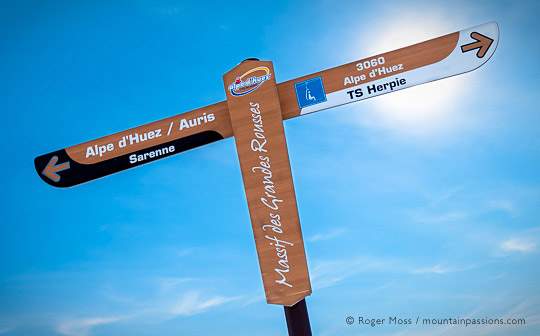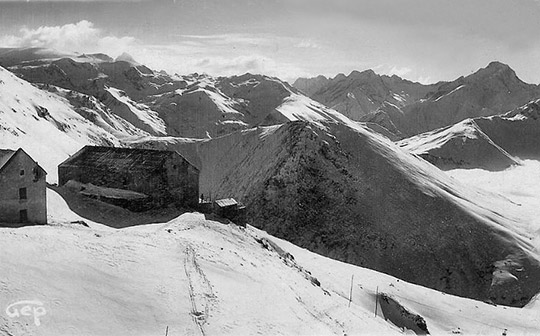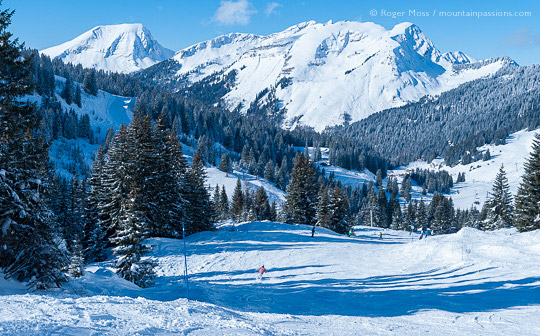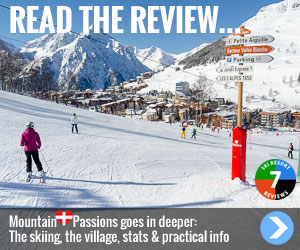
When Skiing Replaced Mining
The secrets of an industrial past lie beneath snow-covered pistes
When you start to look around
The better we ski, the more our instincts take over basic essentials, keeping us upright and out of trouble. When that happens we relax and become more aware of the scenery, but have you ever wondered what might lie deep underground beneath that piste you’re following? Probably not, if you’re anything like me.
A surprise on the Alpe d’Huez piste map
So you might be as surprised as I was to discover that some well-known French ski resorts had a former life as mining villages established in remote locations after valuable mineral deposits had been discovered in the complex geology below the mountain pastures.
L’Alpe d’Huez, for example, once boasted a sizable year-round community supported by silver mining in the Massif des Grandes Rousses. Look closely at today’s piste map and you’ll also find clues as to the location of what was once Europe’s highest coal mine, sited at around 2,600m altitude between the pistes of La Sarenne and La Combe Charbonnière.


Coal mined from deep beneath the snow
Anthracite from the Mine de l’Herpie was transported down the mountain to Bourg d’Oisans, first in horse-drawn wagons, and later when production increased via a cable bucket system much like a ski lift. The movements came to an abrupt end, however, in 1950 when an avalanche claimed the lives of 12 workers and the mine was forced to cease operations. Next time you ski the 16km-long La Sarenne you’ll know that somewhere far beneath your skis are the Herpie mine’s long-abandoned galleries.
At La Plagne & Morzine
La Plagne 1800 is another ski resort which was developed to reverse the decline of a village famed for its lead mines. Morzine, on the other hand, prospered from slate mining, and slate is still extracted from the vast underground caverns of one of the last slate producers in France.
It’s a similar story down in the Pyrénées, where some of the pistes of Saint-Lary Soulan pass over the abandoned workings of a once productive manganese mine in the neighbouring village of Vielle-Aure.
It’s surprising what you uncover once you start to dig.


